Business of Publishing: How to Ship Books So They Arrive in Good Shape
Want more publishing advice and wisdom? Read Joe Biel’s A People’s Guide to Publishing.
Many years ago, Canada’s then-independent Doormouse Distribution sent us a brilliant guide on how to pack a box. It was well-designed and fit conveniently on a single sheet of paper. We hung it on the office wall. You would not believe how many times we referenced that sheet over the years for best practices of how to put books inside of cardboard. Eventually these methods could be explained and committed to institutional memory, forever securing happy, healthy books arriving in their new homes.
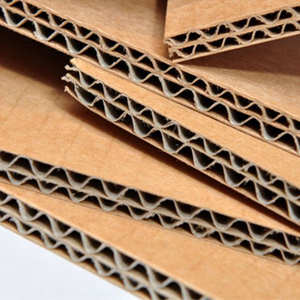
A few weeks ago we sent some books to Ebullition Records for the first time in a few years and they shared their own version of “how to pack a box,” which we now know to be accurate even if it’s laden with awesome and moralizing punk-speak and asides. But it brings an important point to the fore: it’s so sad when books arrive in terrible condition and the situation was completely preventable.
The irony, of course, is that the largest distributors and wholesalers we work with don’t follow these very basic and effective best practices. When a company becomes large enough, it’s cheaper to replace books, especially if they belong to a client, then it is to purchase proper packing material and train the staff to pack the boxes correctly every time. If you are reading this post, then you are likely concerned about your books arriving in good condition rather than having the hassle of sending replacements or having copies not arriving in salable condition.
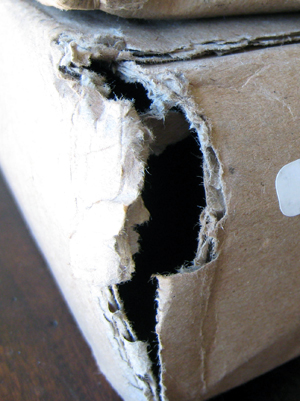
Next, stack the books face-up in the box from largest to smallest. Never pack a book sitting on its spine unless it’s okay for it to become damaged in transit. Fill the box completely. If the box is larger than the number of books that you are shipping, you can either 1) cut along the four edges of the box and fold them over to make the box smaller. If there is excess material preventing the box from being able to be folded shut, cut it off or 2) completely fill the remainder of the box with packaging material. If you do add packing material, move the valuable content into the center of the box and put the packing material on all sides and above it to cushion it from impact.
If you use an inadequate amount of packing material on the top of the box, the contents will rattle around, damaging your books. If you use an insufficient amount of tape, the loose contents will burst the top or bottom of the box open in transit.
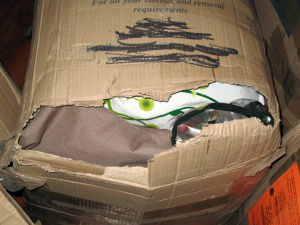
A properly taped box will appear shiny and seem to be excessively taped. But tape is cheap; much cheaper than replacing your contents. If there is an adequate amount of packing material, the box will appear a little bit bulbous once it’s taped. This packing material adds further resistance any potential abuse that the box will undergo at the hands of the shipping company. Properly packing and taping a box also allows it to be reused on the receiving end.
When shipping too few books for a box to be practical, use a padded envelope. Similarly, the books should not be able to shift inside the envelope. If they do, add some packing material.
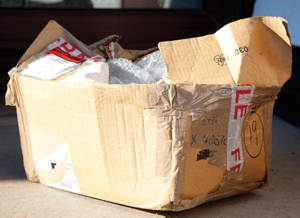
You have many options when shipping. There’s a certain loyalty in the publishing industry to UPS but it seems to be shifting gradually to FedEx, especially among larger companies that can bargain for bulk discounts. But for the little people like us, it’s really best to ship via the U.S. post office, using media mail. It can take a week longer to arrive and take a bit more of a beating during that time, but if you pack it properly, this should not be an issue.
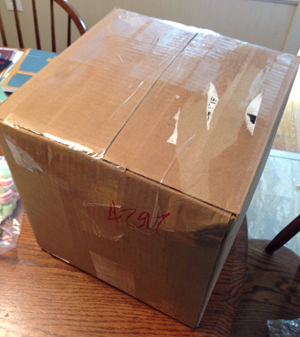
If speed is a concern, the U.S. Post Office also offers flat rate priority mail and express mail flat rate envelopes and boxes. These are priced competitively against UPS or FedEx and while priority mail is not guaranteed, it almost always arrives in two to three days. The envelopes and boxes are available for free from the Post Office or usps.com but they are also quite thin. But sure to package the books correctly to avoid damage. Getting there on time does no good if they aren’t in good condition. Stacking two books side-by-side vertically to fill the box or envelope does a good job of preventing the books from shifting in transit. Putting styrofoam or cardboard around them should sufficiently protect them as well.
Congratulations on completion of your quest and avoiding future headaches of poorly packaged boxes. The time saved by not having to replace damaged books will quickly create new efficiency!